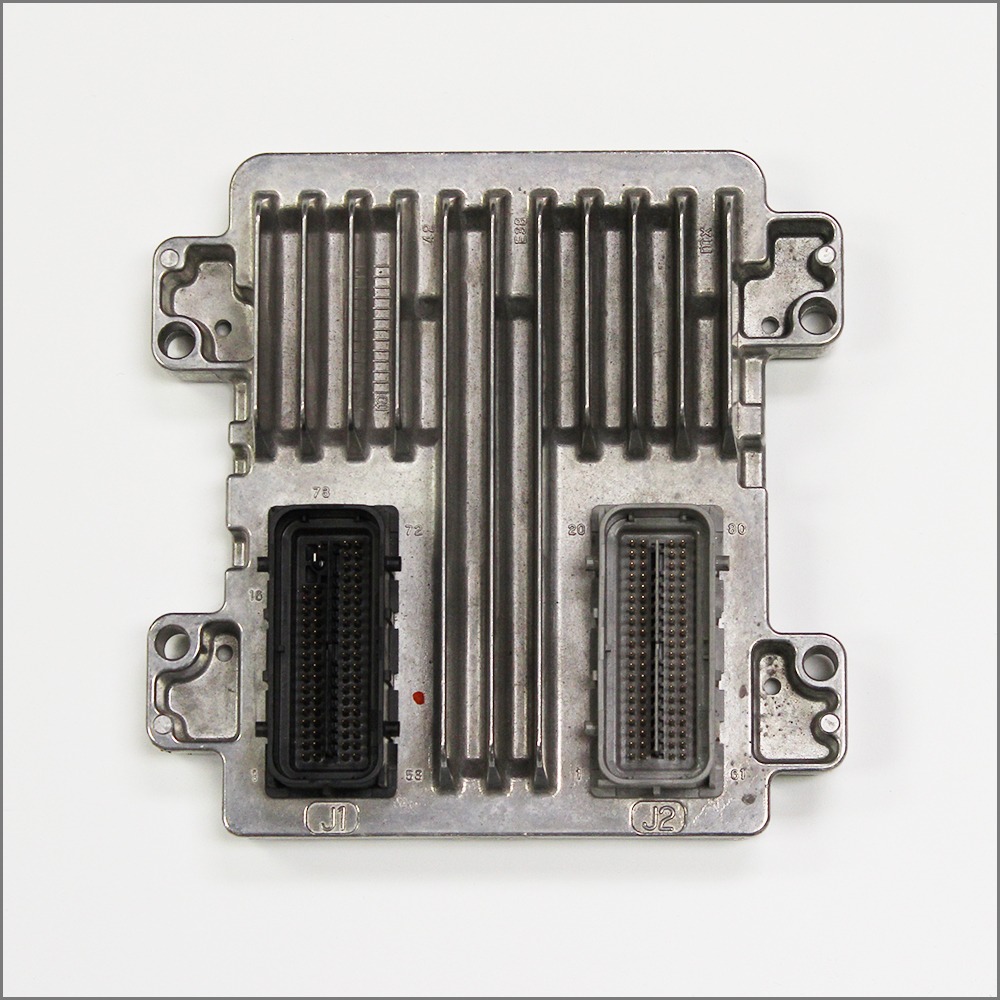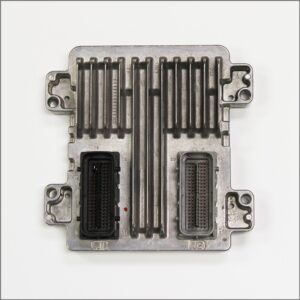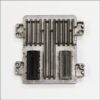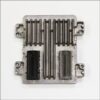Restore Your Truck’s Core Performance and Reliability
Is your 2007 Silverado 3500, or another compatible GM vehicle, suffering from frustrating and hard-to-diagnose issues? A failing Engine Control Module (ECM) is often the hidden culprit behind poor performance, a no-start condition, or a persistent Check Engine Light. As the central computer of your vehicle, the ECM governs everything from fuel mixture and ignition timing to transmission shifts. When it fails, it can cause a cascade of problems that leave you stranded. This replacement ECM, part number 19210738, is the definitive solution to restore your vehicle’s factory performance and dependability.
We take the guesswork and high dealership costs out of the equation. Before this module ships, we program it with the latest GM software updates, specifically matched to your vehicle using the VIN you provide. This means you receive a part that is ready for installation right out of the box, eliminating the need for expensive and time-consuming programming at a repair facility. This is the most direct path to getting your workhorse truck or daily driver back on the road and running as it should.
From the Diagnostic Bay: The Intermittent No-Start Puzzle
A customer brought in a 2007 Sierra 2500 with the 6.0L engine—a nearly identical setup to many Silverados. The complaint was an intermittent no-start that no one could solve. Sometimes it started fine for weeks, other times it would crank but not fire. There were no consistent trouble codes, just a random U0100 (Lost Communication with ECM) that would appear and disappear. After verifying power and ground to the ECM connectors were solid (a common issue from corrosion under the battery tray), we suspected the module itself. We connected a breakout box and monitored the 5-volt reference signals during cranking on a bad day. They were erratic. Swapping in a known-good, programmed ECM like this one solved the problem instantly. The internal processor was failing intermittently under load, a classic sign of age-related failure in these units.
Is Your Vehicle Showing These Symptoms?
A faulty ECM can manifest in numerous ways. If you’re experiencing any of the following, this module is likely the solution you need.
- ✔ Check Engine Light is on with codes pointing to internal module failure (e.g., P0601, P0606).
- ✔ Engine cranks but refuses to start.
- ✔ Intermittent stalling or rough idling for no apparent reason.
- ✔ Noticeable decrease in fuel economy.
- ✔ Harsh or erratic transmission shifting.
- ✔ Communication errors with scan tools (e.g., U0100).
- ✔ Misfire codes that persist even after replacing plugs, coils, and injectors.
A Straightforward Guide to Installation
Installing your new 2007 Silverado 3500 ECM is a manageable job for a DIYer with basic tools. While specifics vary slightly by model, the general process is consistent for most trucks and SUVs where the module is under the battery.
- Safety First: Disconnect the negative terminal from your vehicle’s battery and secure it away from the post.
- Access the Module: On most GM trucks and SUVs, you will need to remove the battery and the battery tray to access the ECM. It is typically mounted on the driver’s side inner fender.
- Disconnect Connectors: Carefully release the locking tabs on the electrical connectors and pull them straight out from the module. Inspect the connectors for any signs of corrosion or damage.
- Remove the Old ECM: Unbolt the old module from its mounting bracket.
- Install the New ECM: Mount your new, pre-programmed ECM in place and tighten the bolts.
- Reconnect Everything: Firmly plug the electrical connectors back into the new module until they click. Reinstall the battery tray and the battery, then reconnect the negative battery terminal.
- Final Steps: In some cases, a security or crank position sensor relearn procedure may be required. This can often be done without a scan tool or by a local mechanic. Your vehicle may run rough for the first few minutes as it relearns idle parameters.
Verified Vehicle Compatibility
This module is a direct replacement for part number 19210738 and is also compatible with 12589297, 12597121, and 12603892. It fits a wide range of GM vehicles, including but not limited to:
- ✔ 2007 Chevrolet Silverado 1500/2500/3500 Pickup (New Body Style, 6.0L)
- ✔ 2007 GMC Sierra 1500/2500/3500 Pickup (New Body Style, 6.0L)
- ✔ 2007 Cadillac Escalade, ESV, EXT
- ✔ 2007 Chevrolet Avalanche, Suburban, Tahoe
- ✔ 2007 GMC Yukon, Yukon XL
- ✔ 2007 Hummer H2
- ✔ 2006-2007 Chevrolet Corvette
- ✔ 2007 Chevrolet Impala / Monte Carlo (3.5L, 3.9L)
- ✔ 2007 Pontiac G6 (3.5L, 3.9L), G8 (6.0L), Torrent
- ✔ 2007 Chevrolet Equinox
- ✔ 2007 Saturn Aura (3.5L)
This pre-programmed 2007 Silverado 3500 ECM is the most reliable and efficient way to solve complex engine management problems and restore your vehicle’s function.
Frequently Asked Questions
Do I need to do anything after I purchase?
Yes. After you place your order, you must send us your vehicle’s 17-digit VIN. We cannot program and ship the module without it. This ensures it works correctly with your specific vehicle.
Is this really a plug-and-play installation?
For most vehicles, yes. Because we program it to your VIN, it eliminates the need for a dealership visit. However, some vehicles may require a simple security relearn or crankshaft position sensor relearn procedure, which can often be done at home or by any mechanic.
How do I find my old part number to confirm compatibility?
Your original ECM will have a sticker on it with the part number. This module is a direct replacement for part numbers 19210738, 12589297, 12597121, and 12603892. If your part number matches, this is the correct unit.
Will this fix my Check Engine Light?
If the Check Engine Light is caused by an internal failure of the ECM (like code P0601), then yes, this will resolve the issue. However, if the light is on for another reason (e.g., a bad oxygen sensor), you will still need to fix that separate problem.
Where is the ECM located on my 2007 Silverado 3500?
On the 2007 Silverado/Sierra 3500 (new body style), the ECM is located in the engine compartment on the driver’s side, underneath the battery and battery tray.



